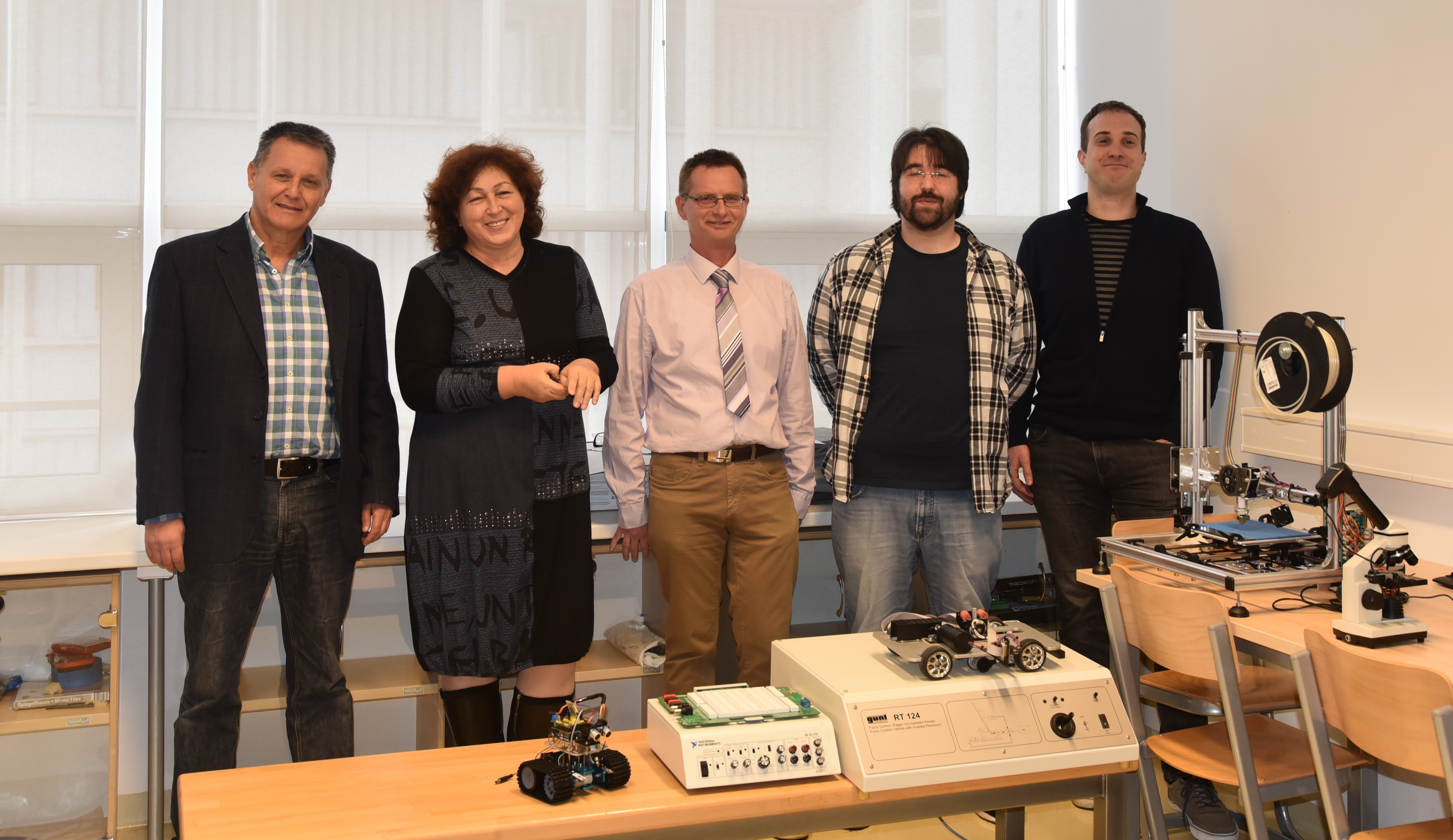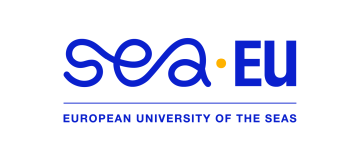
Education:
2010 – Postgraduate doctoral study-Technical science, technology of traffic and transport, sea and river transport, University of Rijeka-Faculty of Maritime Studies Rijeka
Employment: University of Split-Faculty of Maritime Studies; associate. prof.
https://www.bib.irb.hr/pregled/znanstvenici/288482?autor=288482
Ph.D. Zvonimir Lušić, assoc. prof.
Dean Sumić, lecturer (PhD student)
Mario Bakota, assistant (PhD student)
Danijel Pušić, senior lecturer (PhD student)
+ 2 student (graduate study)
For all: Technical science, technology of traffic and transport, sea and river transport
Marine navigation
The main goal of the research is to improve the search and rescue system at sea, especially the part related to the early detection of man at sea. Today's primary equipment for surviving in sea, required by SOLAS, is life jackets that is equipped with a whistle and a light. However, already today there are non SOLAS solutions that offer special transmitters that can help in fast and efficient finding, but they are mostly not standardized, and the equipment is relatively expensive. Transmitters on the frequencies 121.5 MHz and 406 MHz, as well as VHF transmitters for reception on AIS devices, stand out here.
The project would examine the possibilities of various solutions for fast and efficient detection of man at sea. The end result would be recommendations for improving the way people are discovered in the sea, i.e. the possibility of upgrading existing SOLAS solutions.
AIS Receiver, AIS/121.5 MHz personal locator beacon, USB Radio receiver, EM spectrum analyzer 10MHz-6GHz.
Sumić, Dean; Rosić, Marko; Škorput, Pero.
Decision Making Example for On-Board Distress Situation Based on Agents // Proceedings of the 29th DAAAM International Symposium / Katalinic, Branko (ur.).
Vienna : DAAAM International Vienna, 2018. 0553-0558
Lušić, Zvonimir; Marčić, Marin.
Osobni lokatori na prslucima za spašavanje. // Kapetanov glasnik. 35 (2018) ; 61-66.
Lušić, Zvonimir; Marčić, Marin; Bakota, Mario; Pušić, Danijel.
Detecting a man in the sea // Book of Proceedings, 8th International Maritime Science Conference / Ivošević, Špiro ; Vidan, Pero (ur.).
Kotor : Faculty of Maritime Studies in Kotor-University of Montenegro, 2019. 561-570
Lušić, Zvonimir; Bakota, Mario; Čorić, Mirko; Skoko, Ivica
Seafarer Market – Challenges for the Future // Transactions on Maritime Science – ToMS, 8 (2019), 1; 62-74
Lušić, Zvonimir; Bakota, Mario; Mikelić, Zoran
Human errors in ECDIS related accidents// Book of Proceedings-7th International Maritime Science Conference / Vidan, Pero ; Račić, Nikola (ur.).
Split: FACULTY OF MARITIME STUDIES SPLIT, 2017. str. 230-242
